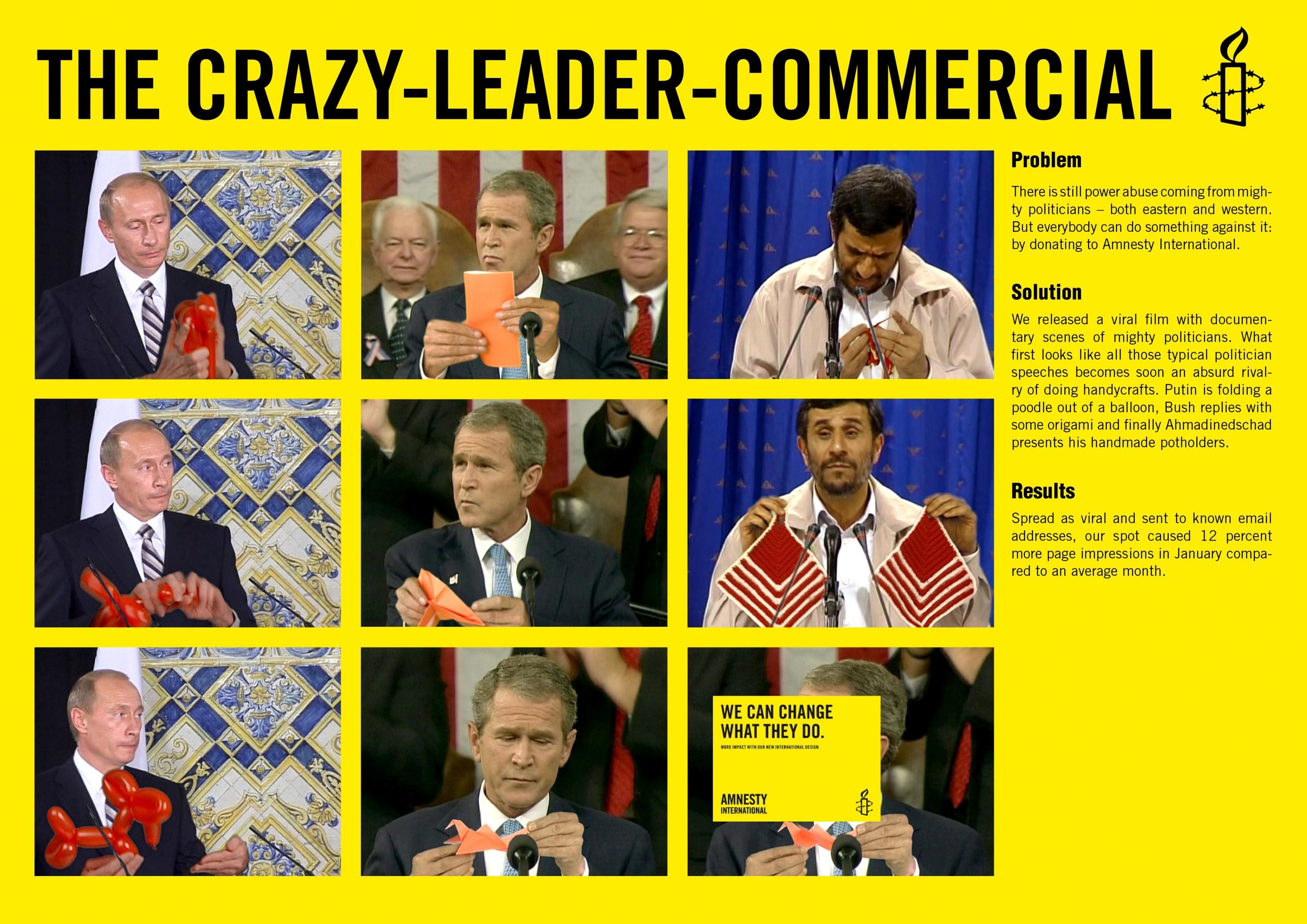Cannes Lions
Signal For Help Responders
JUNIPER PARK\TBWA, Toronto / CANADIAN WOMEN'S FOUNDATION / 2023










Overview
Entries
Credits
OVERVIEW
Background
Signal for Help, created at the beginning of the pandemic, was successful at providing victims of domestic abuse with a simple hand gesture that they could use to let people know they needed help. However, a challenge remained: many people who saw it did not know how to respond.
Only 17% of people are confident that they would know what to do if asked to help. Which means that 17% of those who signal for help may encounter someone who doesn’t know how to help. The Canadian Women’s Foundation (CWF) could not just continue to raise awareness for the signal, they had to pivot and raise people’s ability to respond too.
Our brief was to continue to raise awareness for the signal while also engaging people to help them overcome their reluctance to respond.
Objectives: A further 10% increase in awareness and engaging 10,000 people to be responders.
Idea
If the Signal for Help was simple, visual and immediate, we needed the ability to respond to be as well. Text was our answer. We created a number – 540-540, the numerical representation of each part of the hand gesture – that Canadians could text, where they would receive a free action guide with the best ways to respond that they can easily access in the palm of their hand.
Knowing that people are confused about how to respond, we built a clear, simple and non-intimidating way to find out how to help. Just by texting Signal to 540540, people accessed simple and straightforward resources to guide the responder to intervene and provide help in a non-threatening and low risk way.
Overall, the creative provided a way to act through mobile by focusing on raising awareness and empowering the unknowing.
Strategy
Enabling those exposed to intimate partner violence to reach out for help continued to be an important task for the CWF. However, 17% of Canadians thought they didn’t know how to help or intervene when it came to intimate partner violence. Helping people reach out had to be combined with encouraging people to respond.
CWF’s approach is one of enablement and action. We used this approach to launch the signal and needed to do the same when it came to recruiting responders.
Many of the 17% are also part of the 90% of Canadians who feel they have a role to play. Showing that they have empathy, we know there must be a something stopping them from acting.
We needed to find a solution that continued to drive awareness and that leveraged people’s empathy to overcome their inactivity.
Execution
We created traction for the campaign by targeting Canadians at large and specifically reaching out to women’s advocacy groups and female influencers to help spread the word. Developing social assets designed for mobile without obvious branding, these groups could adopt the signal and number for their own needs and distribute to their followings the way that felt most natural. A mobile-first PSA helped drive our message home to all Canadians, showing how this isn’t just a women’s issue but an issue that everyone should get involved in and help with.
We launched this campaign soon after a major media boost for Signal for Help, with notable use cases in the USA that saved the lives of two young women. By leveraging the rise in popularity, we were able to target people’s susceptibility to our message: if you saw the Signal for Help, would you know how to respond?
Outcome
The Responder campaign continued to bring awareness to the Signal for Help with even more velocity than the original campaign, garnering over 2 billion organic impressions with minimal media investment, exceeding client’s benchmark by 139.69 times. Awareness of the Signal increased from 26% to 41% within Canada, which means 2-in-5 Canadians (and 48% of women) now have a covert way to call for help. The call-to-action embedded within the Signal helped mobilize 42,000 people to sign up and become responders in our efforts to fortify community-based prevention and build an empowered cohort of support in Canada, exceeding our target by 4.2 times.
Since its launch in April 2020 to date of December of 2022, the campaign has garnered 5,607,807,400+ earned impressions, $48,173,533 in earned media and 3,584,000 engagements on social.
Perhaps most importantly, since initiation, the Signal for Help has been credited with saving 7 lives across the globe.
Similar Campaigns
11 items




